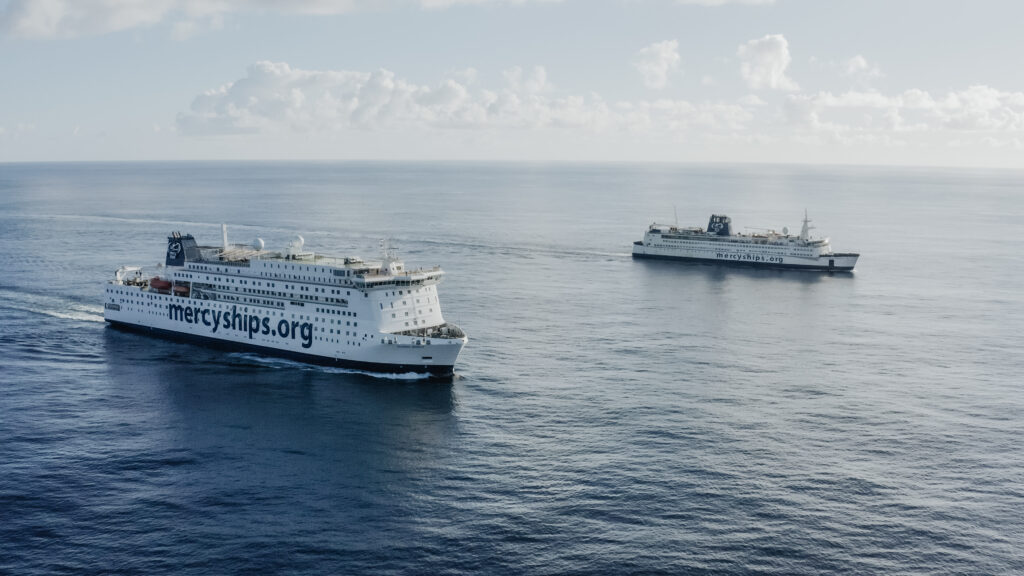Spinnaker, the maritime industry’s leading compensation and benefits expert, has published its annual Seafarer Wage Cost Survey, offering exclusive insights into the pay trends and benefits for seafarers across all major vessel types. Analysing data for a staggering 250,000 seafarers, provided directly by shipowners and managers, this survey is the definitive benchmark for the global maritime sector.
The findings, derived from Spinnaker’s Seafarer Employers’ Association, a membership group comprising 50 shipowners and ship managers, highlight both emerging trends and long-standing issues in seafarer remuneration. Here’s what the 2024 report uncovered:
Pay Reviews Now a Priority
A notable shift this year is the increasing importance of annual pay reviews for seafarers. All respondents confirmed they conduct yearly pay reviews, a 10% rise compared to 2023, signalling a stronger commitment to fair remuneration amidst global talent shortages. “This may not sound like news,” says Compensation and Benefits Manager Sandra Brown, “but over the last few years, we have seen a shift from a more laissez-faire approach – annual reviews for seafarer pay are now universal.”
Pay Increases and Challenges
However, reviews don’t always translate to pay rises. Despite overall upward pay trends, pay freezes persist in some companies, albeit marginally less than the 21% of companies that in 2023 forecasted a pay freeze in 2024 for all Officers. In reality, the Spinnaker report showed that 16% of companies froze the pay of their Senior Officers and 21% of companies froze the pay of their Junior Officers. More widespread pay freezes are predicted for 2025.
Whilst 74% of companies awarded a raise of over 1.1% to Junior Officers, this wage growth has not kept pace with inflation. For Senior Officers, 73% of companies awarded a rise of over 1.1% and they were more likely to receive a rise of over 3% than Junior Officers or Ratings.
Looking Ahead to 2025
A third of companies are forecasting a 2.1%–3% wage increase for Senior Officers, Junior Officers and Ratings in 2025.
The number of companies looking to pay more than a 3% wage increase in 2025 is less than we’ve seen in 2024. Just 5% of companies are forecasting a rise of any more than 3% for Junior Officers and Ratings.
Nationality-Based Pay Structures Declining
In a significant departure from tradition, fewer companies now differentiate wages based on nationality. Cruise operators, in particular, are leading this charge, maintaining consistent pay strategies regardless of nationality. Only 45% of participants reported using nationality-based pay scales, compared to 54% in 2023.
“This is something we’ll be keeping a close eye on,” says Brown. “Even 50% of non-cruise employers say they are not differentiating pay based upon nationality. We want to understand whether this means levelling up or levelling down for particular nationalities and whether it means that some nationalities previously seen as ‘too expensive’ might now benefit or if that means they will simply have to accept lower wages to obtain employment.”
Of course, pay differentiation has not gone away. Filipino Senior Officers on crude tankers, for instance, experienced relatively large YoY wage increases of anything up to 6%, but still earn less than their Polish, Latvian, and British counterparts.
Bonuses and Benefits: A Mixed Bag
Performance bonuses remain common for Officers, with 67% of companies paying them. Ratings continue to lag behind, with only 22% of employers extending bonuses to this group. On a positive note, the vast majority of respondents now provide essential benefits like medical coverage, disability benefit, and death-in-service payouts, regardless of rank.
Why This Matters
Spinnaker’s survey underscores the changing dynamics of crew wages, shedding light on both progress and persistent challenges. With formal wage reviews now an annual exercise for all companies amid a growing focus on fairness and a highly competitive landscape, seafarer pay is expected to evolve rapidly in the next few years.




